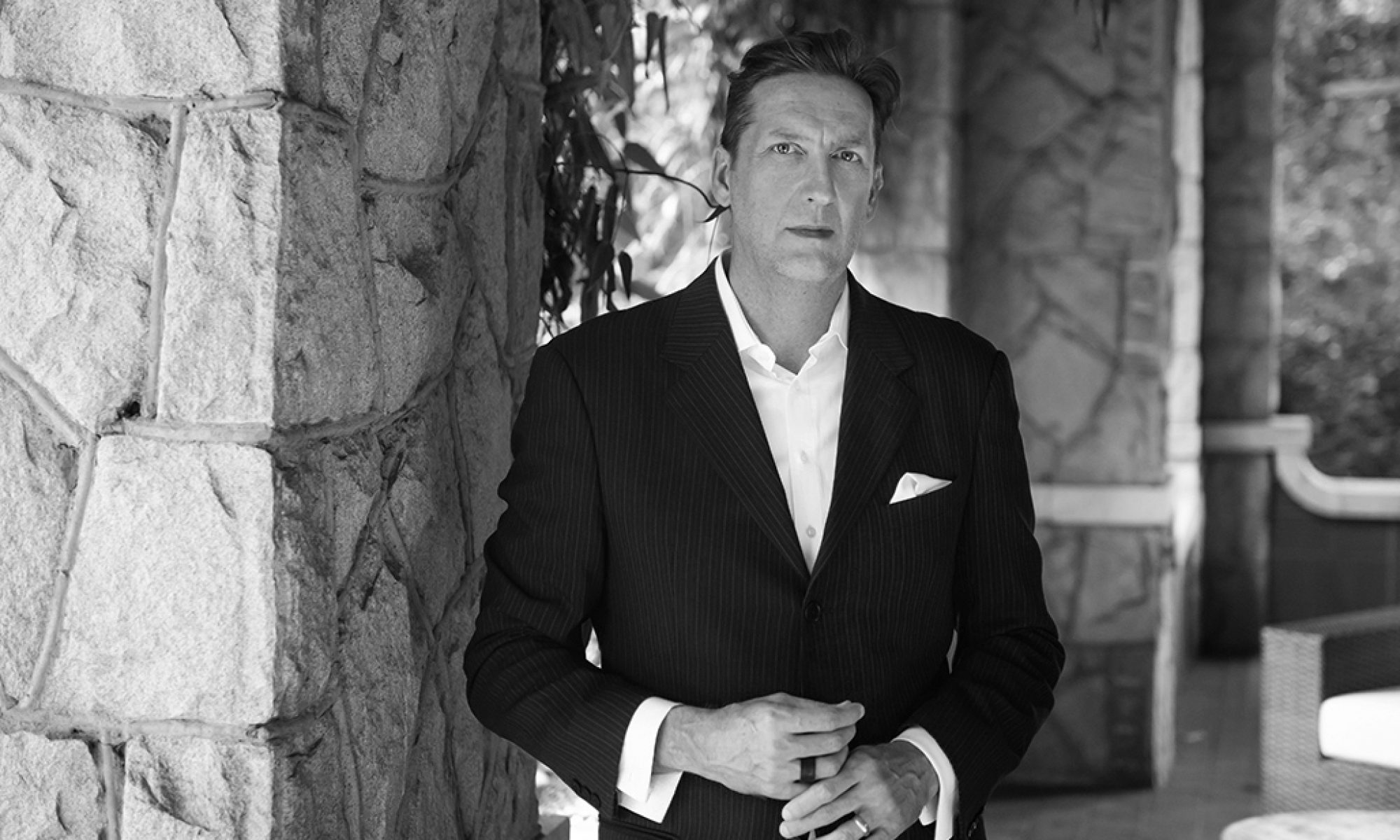
Films – our most powerful cultural vehicle – are, like our decisions about climate justice and immigration cruelty, only as good as the people who are making them. For a long time, the film industry hid behind a financial rationale behind the dearth of black, Latinx and Native American directors. Then it had to get even more sophisticated.
The NYT takes us back to the 1990’s, when supposedly everything was changing:
But as the decade wore on, a wall was re-erected, black filmmakers now say, and many of the same people who had been held up as the faces of a changing industry watched as their careers ground slowly to a halt.
“I was told that I was in director’s jail,” said Matty Rich, whose emotionally incendiary 1991 debut film, “Straight Out of Brooklyn,” won a special jury prize at the Sundance Film Festival that year. Major film studios hailed him as a prodigy. But he’s made only one other film since — in 1994.
Darnell Martin, whose vibrant 1994 romantic comedy “I Like It Like That” was the first studio-produced film to be directed by an African-American woman (it won the New York Film Critics Circle award for best first feature), said she was later blacklisted in the industry for speaking out against racism and misogyny.
“You think, ‘It’s O.K. — you’re like every other filmmaker,’ but then you realize, ‘No,’” she said. “It’s like they set us up to fail — all they wanted was to be able to pat themselves on the back like they did something.”
The New York Times recently convened a discussion with six directors who were part of a wave of young black talent that surged 30 years ago this month — beginning with the success of “Do the Right Thing” in July 1989 — only to come crashing down, as Hollywood in the 1990s and 2000s reconstituted itself around films with white directors and white casts.
It may sound obvious – it is – but the way filmmakers speak with a forward voice and vision is of course connected to those individual filmmakers. Our tender baby steps on diversity are quietly arriving after a very extended epoch of everything-else-has-been-tried-to-prove-we-aren’t-racist. Some remain convinced that everything hasn’t been tried, but still… teeny, baby steps. For more on the racial politics of the movie industry, see this interview with the author of The Hollywood Jim Crow.
